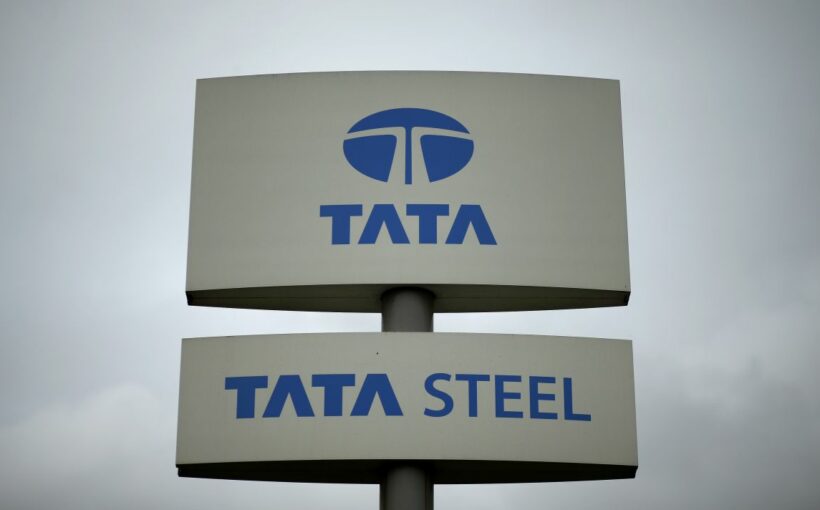‘It’s an open secret that the UK business is structurally not in a great place.’
A day after Tata Steel, while announcing its results, flagged risks to its UK operations against the backdrop of a possible economic downturn in Europe, Tata Steel MD & CEO T V Narendran, in an interview with Ishita Ayan Dutt/Business Standard, says the offer from the UK government as it stands won’t justify the investment required for the impending transition to greener steel.
What prompted the stress test for European operations?
It is generally part of what the auditors do. It’s more for the UK business; they have pointed out the vulnerabilities of the business to the volatilities seen in the past couple of years and with some of the assets coming towards the end of life.
It’s an open secret that the business (UK) is structurally not in a great place.
Hence, the need for government support for the transition because cash flows of the business can’t support the transition.
The Dutch business stands on its own. It’s always been cash-positive, Ebitda positive and doesn’t need any support from India.
The discussion with the UK government has now been on for about three years…
It’s about three years but to be fair there have been three or four governments.
That’s been part of the issue. For the first time, we’ve had a formal proposal from the government which came about three months back.
Have you conveyed your feedback to the UK government on the proposal?
We have. But the UK government is also talking to the Tata group on multiple companies and issues.
It’s a group-level conversation where Tata Steel is an important part because of its footprint and assets.
From our point of view, we have made it clear that the proposal as it stands won’t justify the investments that need to be made to make the transition.

I don’t want to give a specific number but generally, the ask has been at least 50 per cent of the capex and also support on opex.
This is not different from the requests made by steel companies to other governments.
In the Netherlands, the cash flows of the business can support most of the transition, though we need some help from the government.
But it’s not like in the UK where if there is no support, there is no transition.
We are also seeking support because there needs to be a level playing field.
If some of our competitors get 50 per cent grants and we don’t get anything, that makes it unfair.
To stay invested or exit the UK – when would you take a final call?
We will certainly come to a decision in the next 12 to 24 months for the upstream assets (at Port Talbot) because those are the ones that are at the end of life – the coke oven plants there, the sinter plant, and one of the blast furnace (BF) are struggling.
The downstream assets can stand on their own.
The UK government made an offer of Pound 300 million. Is there any indication that it would be willing to increase the offer?
Not yet.
In the Netherlands, what is the status of your talks with the Dutch government for support?
We submitted a proposal to the government in October; it is studying it (the proposal) and in conversation with our team there.
There we have announced that by 2030 we will transition one BF (blast furnace) route into gas-based DRI (direct reduced iron).
And if hydrogen is available by 2030, we can use it instead of gas.
Steel prices in Europe and in India have moved up since last quarter. What is the outlook for FY24?
Our volumes will be about 1-1.5 million tonnes (mt) higher in FY24 compared to FY23 — half of it will be in Europe and half in India.
Last year, our production was higher but sales were lower because we produced a lot of slabs in the Netherlands to plan for the transition.
The margins will be better. We don’t see the kind of volatility that we saw last year.
And we expect cash release from working capital, so our debt reduction will go as per our original plan.
What is the capex plan for FY24?
We have planned a capex of Rs 16,000 crore. Of this, roughly, Rs 4,000 crore is in Europe, with the Netherlands accounting for about Rs 3,000; the balance will be in the UK.
Around Rs 12,000 will be in India for Tata Steel and its subsidiaries and a big part of which will be for the Kaliganagar expansion.
When would you take up the next phase of expansion?
The first one would be Neelachal, for which we plan to go to the board later in the year.
That will take the capacity at Neelachal from 1 mt to 5 mt.
Parallelly, we will work on Kalinganagar Phase III and we will take the Bhushan capacity from 5 mt to 6.5 mt.
Source: Read Full Article
